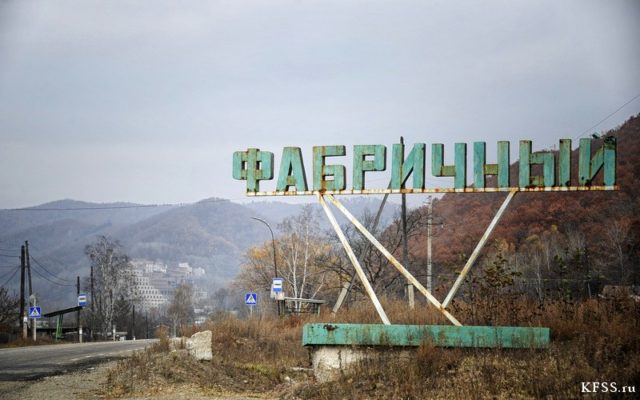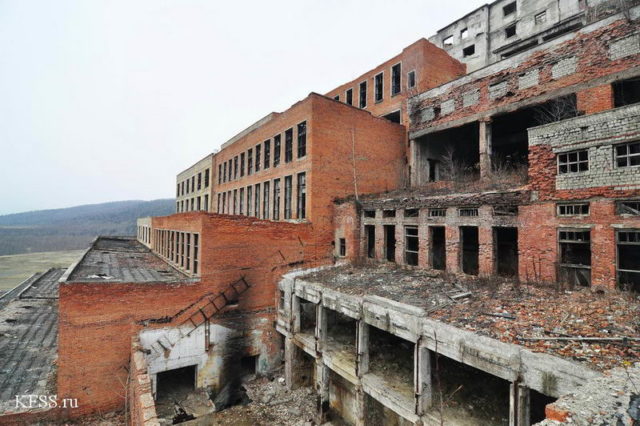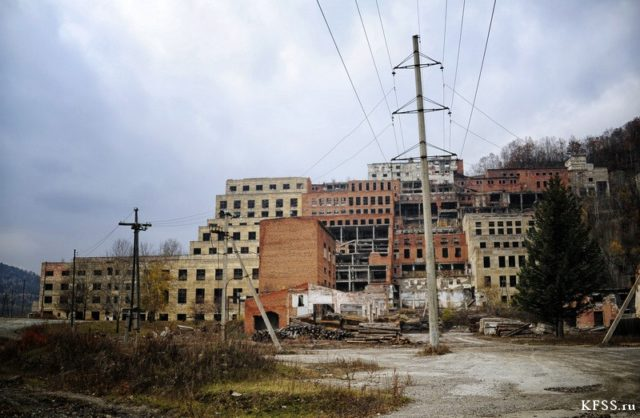It all began in 1936 when cassiterite – tin oxide – was discovered in the valley of Lifudzin River. The self-taught geologist Fedor Silin initiated the development of the site.
Several exploration expeditions were carried out to determine whether the deposits were large enough to begin industrial-scale mining. During WWII, extraction of tin in the area was carried out in an ambitious way. After the war, the construction of an enrichment plant to process the ore began in the village of Ludye (later, Fabrichny) in Primorsky Krai, Russia. Plant No.1 started operation on November 6, 1948.
Plant No.1 was also known as the Central Enrichment Plant of the Khrustalnensky GOK (a Mining and Processing Plant). Khrustalnensky GOK functioned between 1942 and 1992 and was a major enterprise for the extraction and enrichment of polymetallic ore. It used to supply the USSR with a third of its tin.

As the GOK developed, it began to process more types and greater volumes of raw material, so its capacities were increased. At first, Plant No.2 was built in addition to the Central Enrichment Plant to process ore from the nearby Tsentralny mine.
In the early 1960s, Plant No.2 underwent major renovations, but ore from Tsentralny was delivered to Khrustalnensky by ropeway. In 1970, the GOK was further expanded; new mines and plants were added and more renovation efforts took place. In total, Khrustalnensky developed a total of 6 mines. It was an innovative enterprise. New technologies for the extraction and enrichment of tin were used, and these were often developed at the GOK.
After the collapse of the USSR, many state-owned enterprises collapsed with it, often to later be resurrected as private enterprises. By the time a privately owned company took ownership of the former GOK, most of its plants and mines, apart from Plant No.1, were already closed.

Plant No.1 was operational until 2001 when production stopped due to a collapse of tin prices and the company’s bankruptcy. The equipment was mostly dismantled and what remained was looted. Some buildings of the former GOK were purchased, but Plant No.1 stands bleak and abandoned. It is rapidly deteriorating and parts are in danger of collapse.
Now, there are no large enterprises in the area, so the many settlements that emerged around Khrustalnensky’s plants, including Fabrichny town, are slowly deteriorating: their population diminishing and moving elsewhere due to the poor employment prospects. The whole area is slowly being transformed into a ghost town.
Thank you to KFSS for photos and information! See more of their work here: KFSS





























